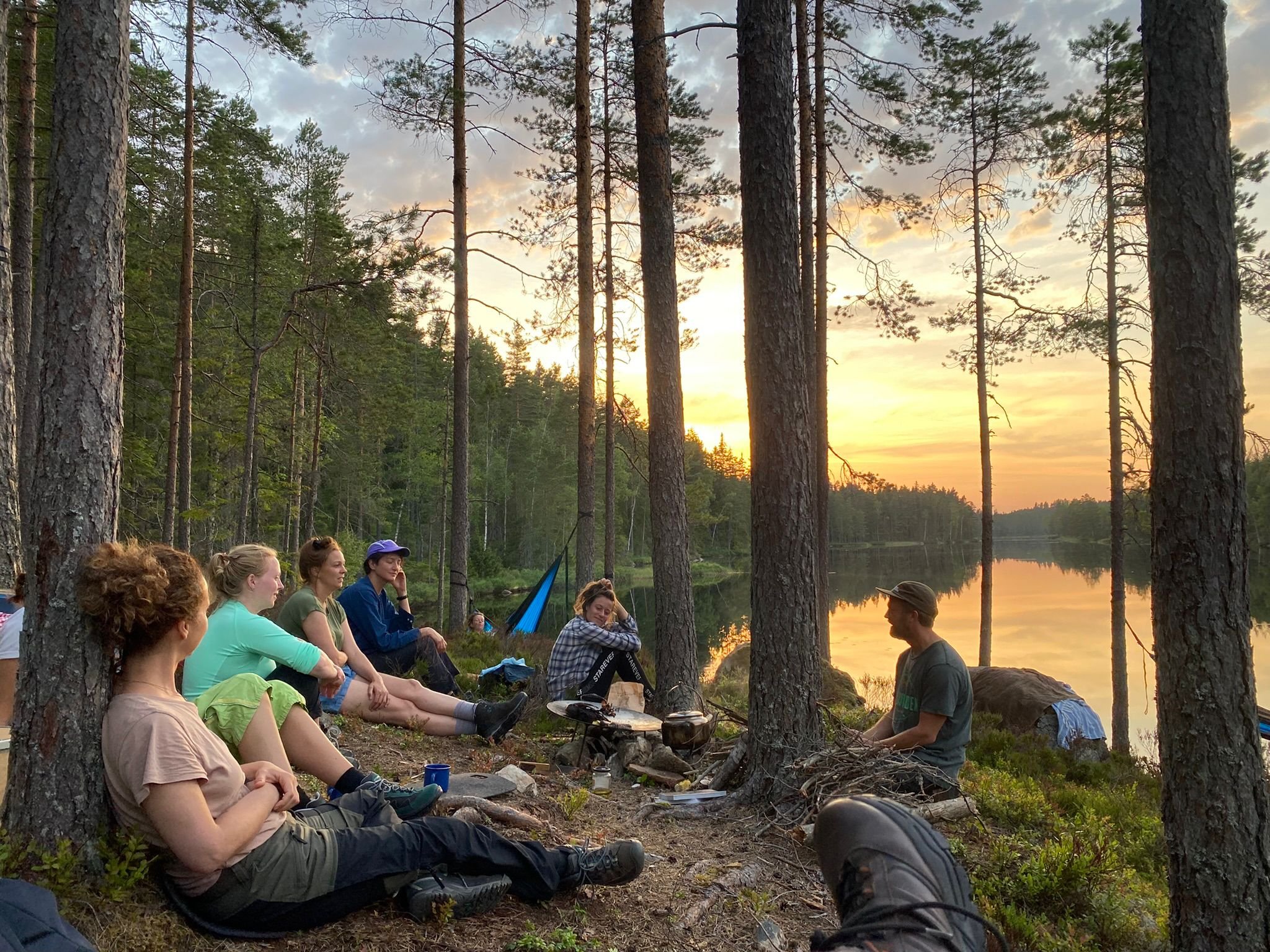If you've ever dreamt of witnessing the mesmerizing dance of the Northern Lights, also known as the aurora borealis, now is the perfect time to make your dreams a reality. The 2023/24 "aurora season" has kicked off, and it's gearing up to be something truly spectacular over the next few years.
The Enchanting Auroras
Auroras have fascinated humanity for centuries with their ethereal ribbons of light gracefully sweeping across the night sky. Known as the aurora borealis in the northern hemisphere and aurora australis in the southern hemisphere, these displays are among the most breathtaking natural phenomena on Earth.
Auroras occur when charged particles from the sun collide with our planet's atmosphere at mind-boggling speeds, reaching up to 40 million mph (72 million kph). Earth's magnetic field guides these particles towards the poles, resulting in a captivating display of colorful curtains of light.
👉 In simple terms, the frequency of auroras depends on solar activity. The more active the sun, the greater the likelihood of vibrant aurora shows. And this is precisely why we're in for some incredible displays in the years to come.
Captivating Northern Lights dancing above Swedish Lapland. Sweden's Arctic region is one of the best places in the World to go if you are dreaming of experiencing the enchanting spectacle of the mesmerizing Aurora.
Solar Strength and the Aurora Season
The sun has been steadily gaining strength since its last solar minimum in December 2019. The current "aurora season" is particularly impressive as the sun approaches its peak activity phase, known as the solar maximum, in its approximately 11-year solar cycle. This cycle is characterized by the sun's magnetic field and the frequency and intensity of sunspots on its surface.
Initially, experts estimated that the sun's activity would reach its zenith in 2025. However, recent estimations suggest that we might witness this spectacular event earlier than that. These predictions rely on long-term historical data of sunspot numbers, advanced statistics, and models of the solar dynamo—the flow of ionized gases within the sun that generates its magnetic field, which, in turn, drives the solar cycle.
What's Behind the Extended Aurora Season?
The extended "aurora season" can be attributed to two primary factors. Firstly, "moderate" solar cycles typically result in a prolonged solar maximum spanning around two years, compared to "strong" cycles, which peak for a shorter period.
Secondly, the type and location of active regions on the sun change throughout the solar cycle. As the maximum approaches, active regions emerge closer to the solar equator, closer to the Earth's orbital plane. During the declining phase of the cycle, a greater proportion of massive and magnetically complex sunspots appear, making powerful solar flares more likely. These flares can trigger geomagnetic storms and intense auroral displays on Earth.
Clette emphasizes, "This is why the most captivating auroral displays can still be expected several years after the cycle peak, extending well beyond 2024, perhaps until 2028."
Scientists expect exceptionally strong Northern Lights shows in the next few years.
Conclusion 🤓
The Northern Lights, with their enchanting display, are set to grace our skies in the coming years. Solar activity is on the rise, promising vibrant auroras for aurora chasers. The extended "aurora season" is attributed to "moderate" solar cycles and changing dynamics on the sun. With this positive outlook, it's the perfect time to plan your Northern Lights adventure and witness the magic of the auroras.
FAQs
-
The next 4-5 years are expected to be the most favorable for auroral sightings, with 2023/2024 being a particularly promising period. The best season is between late September and early March. The darker nights the better.
-
Auroras are created when charged particles from the sun collide with Earth's atmosphere and are redirected towards the poles by our planet's magnetic field. The colors result from different gases in the atmosphere.
-
Yes, you can photograph the Northern Lights. You'll need a camera with manual settings, a sturdy tripod, and a fast, wide-angle lens to capture the vibrant colors and movement effectively.
-
While Sweden offers fantastic opportunities to witness the Northern Lights, they can also be seen in other northern regions, including Norway, Iceland, Canada, and Alaska.





